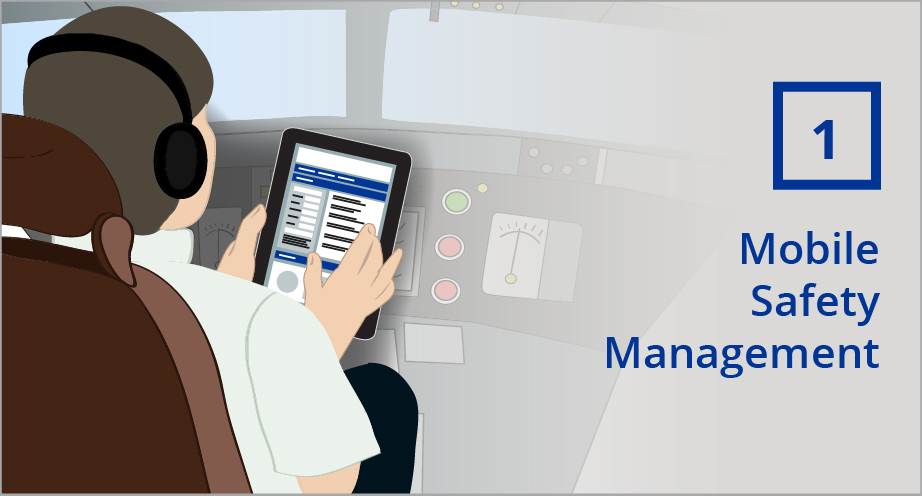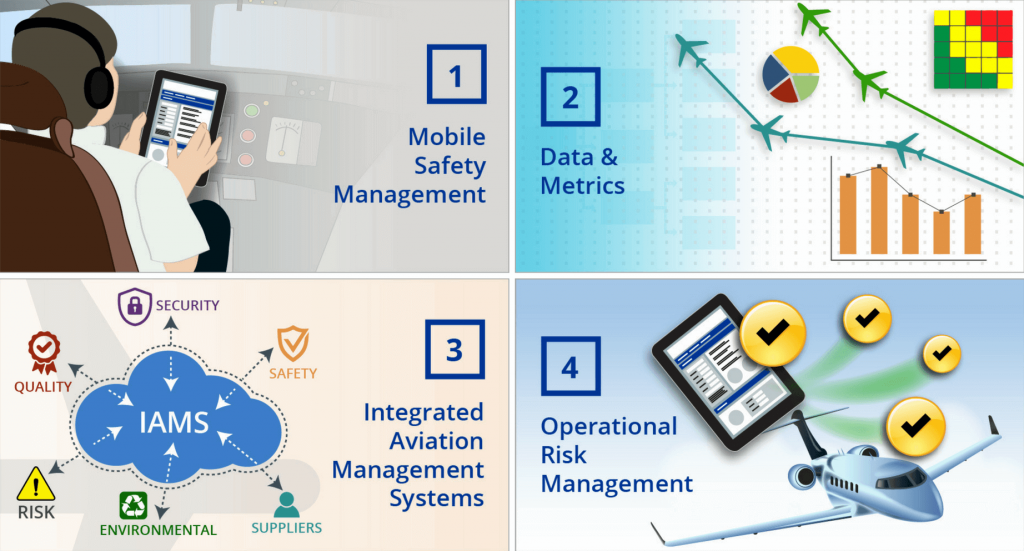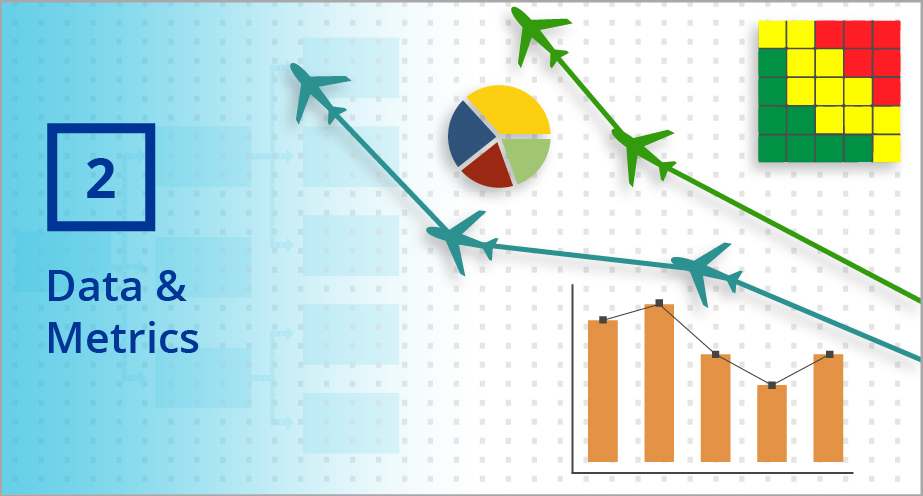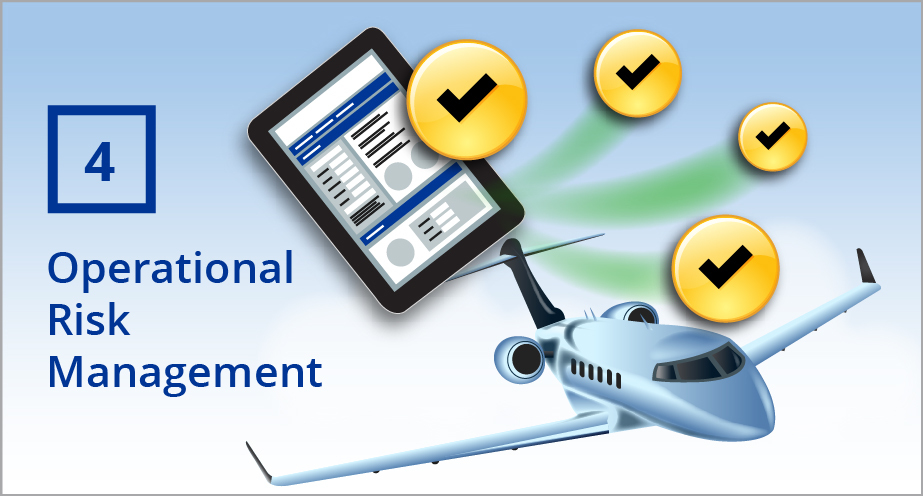We see a lot of promise in mobile-enabled SMS technology for the business aviation industry. This will become increasingly important, because mobile devices make it simpler and quicker for both professional and private pilots to integrate SMS.
Mobile safety management allows on-the-spot incident reporting thus making it easier to quickly capture essential details. Performing mobile audits can also save hours of work, while mobile also makes participating and contributing easier for everyone.
As for security concerns associated to connecting various devices to an SMS, using cloud-based secure access helps mitigate this risk.
Access to data is what enables us to assess safety by measuring performance and identifying potentially dangerous trends. The better we get at analyzing and sifting through larger volumes of operational data to identify previously unseen trends and patterns, the better our SMS performance will be. All aviation safety management systems, including the International Standard for Business Aircraft Operations (IS-BAO), depend on data flows to reveal patterns of risk with the objective of incident, or more importantly disaster, prevention. Thanks to data, we are moving from describing what went wrong to predicting what could go wrong.
Another key aviation SMS trend we see is the continuing evolution toward Integrated Aviation Management Systems (IAMS). This ties together such elements as safety, security, quality, risk, supplier and environmental management, into an integrated system providing the data, metrics, process management, and analysis across an organization. Factors driving this integration include increased efficiencies in software environments. Integrated systems will also be essential for getting the most from mobile capabilities and data.
In an era of dynamic regulatory environments, operators need to ensure they incorporate the latest standards and best practices to properly manage safety and risk. Real-time regulatory and standards updates can have a tremendous impact on the ability to respond to changes in rules and regulations, and keep your SMS current.
Our ARC Safety Management System Software, Flight Operations Manual with SMS and International Operations and Procedures Manuals are all ICAO Annex 6 Part II and ICAO Annex 19 compliant and are continually updated with the latest regulatory and state content, as well as best practices from hundreds of operators and auditors. We also integrate IS-BAO standards and protocols.
To learn more about how we can help you optimally manage your SMS and stay on top of all the latest standards and best practices, get in touch with AviationManuals today.







